With the growing prosperity of the Ethereum ecology, Polygon (horseshoe), an infrastructure focusing on the expansion of Ethereum, is also rising strongly. On January 9th, according to WhaleStats data, Polygon became one of the most used smart contracts among top applications, becoming a giant whale in the Ethereum ecosystem.
Currently, as one of the Web3 infrastructures that builders vote with their feet, it is a leader in the Ethereum L2 sector, which supports the interconnection of multiple blockchains and networks. Around the goal of Ethereum’s expansion, the technical solution has changed from the gradually eliminated Plasma to today’s ZK Rollup, and its market value has also grown from 20 million US dollars when it was first listed to more than 8 billion US dollars.
So what are Polygons? How did it come about, and why is it so relevant to the crypto ecosystem?
01. Polygon founding team: starting from the encrypted cat congestion incident
In 2017, Ethereum came to the public eye, but it was criticized for performance problems such as congestion and inefficiency, and users suffered terribly. A well-known incident is the CryptoKitties that took off at the end of 2017, which caused severe congestion in Ethereum. Therefore, Polygon founder Jaynti Kanani and his friends realized that the cryptocurrency world and its users desperately needed a very important feature – scalability. After a while, they decided to create their own project to solve this problem, and the idea of Matic was born. So in 2017, Sandeep Nailwal, Jaynti Kanani, and Anurag Arjun

So in 2017, the technologists Sandeep Nailwal, Jaynti Kanani, and Anurag Arjun, who had met while entering the blockchain industry, brought their technology and product development experience together to create Matic, Polygon’s predecessor. Mihailo Bjelic, a prominent contributor to the Ethereum ecosystem, joined the team as a co-founder in 2020, making the founding team the “king of the four.”
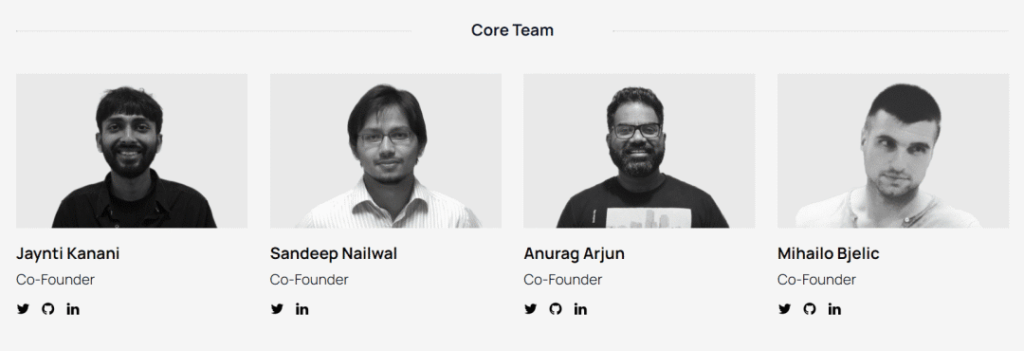
Among them, Jaynti Kanani is the main developer of Polygon. He was born in Ahmedabad, the sixth largest city in India. His father was a worker in a diamond factory. His family was poor but he worked hard to support his studies.
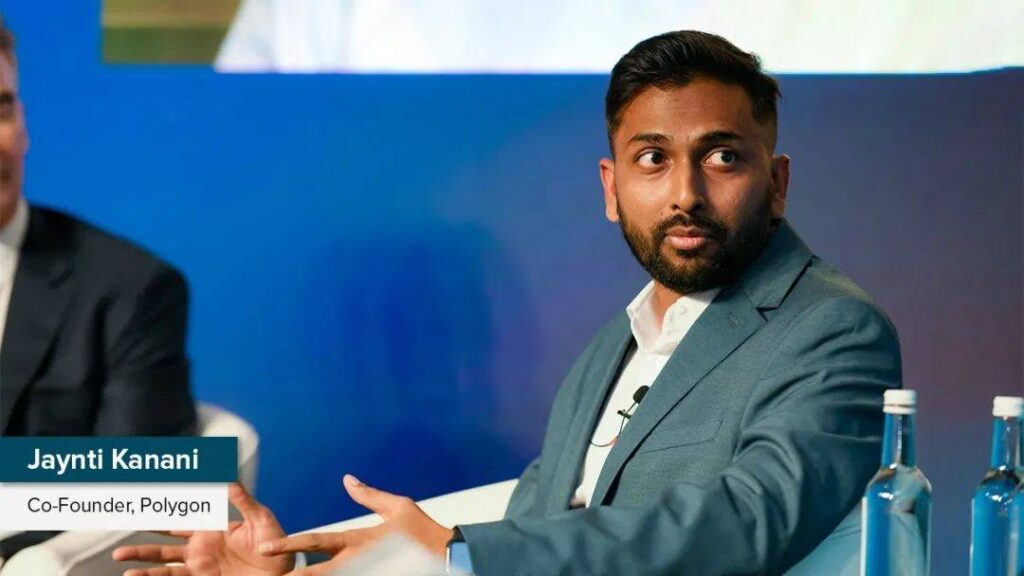
After graduating from university in 2011, Jaynti Kanani joined Persistent Systems, an IT service company in Pune. Since then, he has been exposed to global entrepreneurial cultures such as Hacker News and Y Combinator, which inspired his idea of starting a business.
After hearing about encryption technology for the first time in 2015, he entered the field of encrypted assets and made a little money in the bull market in 2017, and happened to encounter the disadvantages of Ethereum, so he proposed the concept of Matic and started his business.
Another founder, Sandeep Nailwal, was born in a poor peasant family in India. He grew up in an environment where it was common for children to drop out of school by the 10th grade, and some were addicted to alcohol and gambling. (The age of Indian junior high school students is 11 to 15 years old, and they are classified as grades 6 to 10)
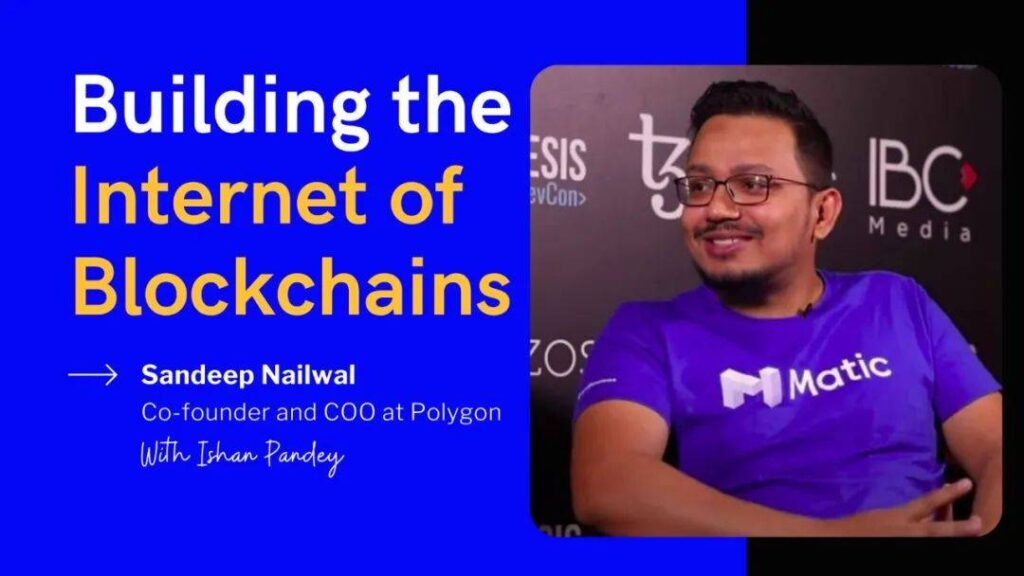
When Sandeep saw his father fall victim to these vices, and after he witnessed domestic violence in his home, he desperately wanted to escape this life, and he realized that there was only one way out for him, and that was to continue his studies, study well.
Just like many Chinese who hope to change through the college entrance examination, he originally just wanted to find a good job through studying, get a high salary, and then buy a car, house, marry a wife and have children.
After completing his computer science engineering and MBA courses with a bank loan, he started working as a laborer in order to pay off the loan and buy a house. He worked successively in the technical department of Welspun, the largest textile company in Asia. Therefore, Sandeep did not have any entrepreneurial plans in his early years . Before founding Polygon, he was a software developer living in Delhi, India.
At the same time, Sandeep is very active in the entire blockchain community in India, which is also an opportunity for him to meet the other co-founders of Polygon.
Later, when the couple were preparing to start Matic together, he said: “I thought I needed to buy a house, even though it was clichéd because traditionally, a man owns a house to get married. My current wife told me she told me no. Go ahead and say it’s okay if we live in a rented house, and she supports me in starting a business.”
With the support of his wife, and because the idea of starting a business was so exciting, he later quit his job.
As a result, he became one of the founders of Polygon, and later became known as the “Millionaire” of the Web3 slum version.
Today, in addition to being the COO of the Polygon project, Sandeep is also multi-tasking, becoming an active guide, mentor and angel investor, and a founder and builder in Web3. (On December 30, 2022, Polygon co-founder Mihailo Bjelic stated that as a decentralized project, Polygon will no longer have C-level positions such as CEO and COO, and Sandeep has removed the title from his LinkedIn profile.)
During the new crown, he founded the Indian cryptocurrency fund Covid Relief Fund in 2021, aiming to help the Indian people affected by COVID-19. The fund makes donations through a dedicated way to create a multi-signature wallet on the Ethereum blockchain.
Anurag Arjun, from Bangalore, India, also made his fortune through cryptocurrencies and later became one of the co-founders of Polygon.
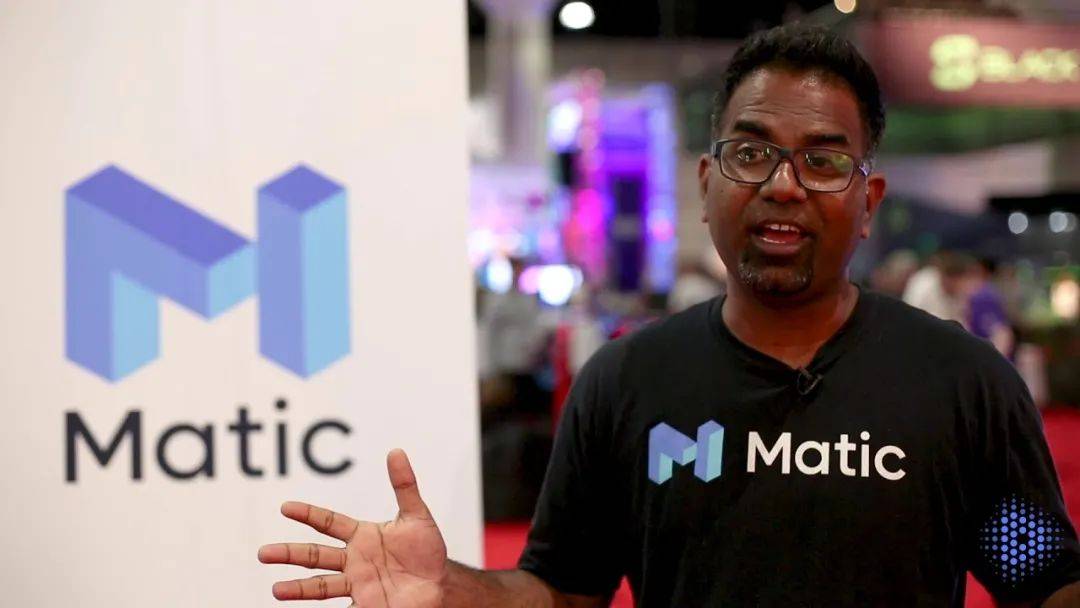
A graduate of Nirma Institute of Technology in Computer Engineering, he started his career earlier than his peers , working at Cognizant in 2006 and a few years later at Dexter Consulting as a Product Manager for 5 years.
Before founding Polygon, Anurag was an entrepreneur who started his entrepreneurial career with the founding of HealthTrac and HealthOne, two startups active in the health space. The former provides services dedicated to monitoring parameters obtained through wearable devices, while the latter provides specific services for doctors.
After founding Matic in 2017, Anurag became a product manager responsible for developing the project roadmap, managing the team, and integration between Polygon itself and other Dapps.
Mihailo Bjelic, also from Serbia, graduated in Systems Engineering from the University of Belgrade.

As mentioned above, the first three programming developers created Matic together in 2017. By the time Mihailo Bjelic joined Polygon, it was already during the transition from Matic to Polygon, that is, at the end of 2020, Mihailo joined the team.
02. Polygon past and present: from Matic to L2 aggregator
After Polygon was created in India in 2017, the project was initially named Matic Network and positioned as a sidechain of Ethereum.
The main network was officially launched in 2020, attracting many DeFi projects at that time. As the scope of the project expanded from a single Layer 2 (L2) solution to a “network of networks (network of networks)”, in June 2020, Matic Network’s Nominally launched as a single layer 2 chain.
After determining that Ethereum could not be served by a single layer 2 network, the team began to expand its product.
In February 2021, Matic Network changed its name to Polygon to reflect the project’s shift to focus on building a suite of Ethereum scalability solutions.

After renaming and rebranding , Mihailo Bjelic mentioned above was added as the fourth co-founder at this time. However, the Token code MATIC has not changed . In 2021, Polygon has received investments from multiple angel investors, making $ Matic one of the top 10 crypto tokens by market capitalization in the world.
But Polygon can achieve such results not just because it is as simple as changing its name.
The Chinese translation of the renamed Polygon is called Polygon, and its success is more due to the change of its role positioning from multiple angles. But before talking about the success of Polygon, let me talk about the background of Ethereum’s expansion plan. The expansion plan is generally divided into three categories:
- Use other public chains to connect with Ethereum
- Layer2
- Upgrade from ETH1.0 to ETH2.0
Polygon was previously used as a sidechain of Ethereum, and the Layer 2 solution of Plasma was adopted early. At that time, Plasma was regarded as the main force of expansion, but the extremely complicated withdrawal of funds and incompatibility with DeFi smart contracts made Plasma gradually “fall out of favor”. After the failure of Plasma, V God mainly promoted the Layer 2 solution of Optimistic Rollups.
So Polygon changed its role positioning and became a Layer2 aggregator, helping to realize various DeFi and NFT projects cross-chain between Layer2.
In other words, Polygon proposed the idea of “integration” and began to develop and provide a variety of Layer 2 expansion solutions such as zkRollups, Optimistic Rollups, and Validium, so as to build a modular, universal, and flexible expansion framework for Ethereum.
After rebranding from Matic to Polygon, although the direction is still to expand layer 2 of Ethereum, the specific architectural route has changed. It is no longer just a side chain or Plasma, but an expansion layer ecology.
In other words, it is a diverse solution: in addition to the partially implemented PoS Bridge, plasma extension layer, Zk Rollup, Optimistic Rollup solutions, etc., any other technologies that can help encryption development should be added.
The reworked Polygon architecture consists of 4 abstract and composable layers:

Source: Overseas blogger Finemat ics
The bottom Ethereum Layer is the Ethereum chain. As the settlement layer with the highest security, the Security Layer is the bottom verification layer, and then the upper network layer and execution layer can realize different expansion solutions and applications.
Because the Ethereum ecosystem is diverse, including DeFi, NFT, and GameFi, the needs of different Dapp project parties are different. For example, borrowing applications need sufficient security and are not so sensitive to timeliness and handling fees, while for NFT or GameFi , they may need more low gas and fast speed, and do not need 100% accuracy for transaction verification.
So for various Dapps, it is very convenient to choose the component interface that suits you in the extension layer like Polygon to complete.
The evolution of Polygon from the original Matic to the current Layer 2 aggregator can be said to be an important turning point in development. Since then, Polygon has opened a new door for the expansion track with the idea of aggregation. Polygon is also called by the community It is the “Swiss Army Knife” on Ethereum.
03. Polygon Ecological Status: Polygon Development
- The bear market is aggressively deploying the ZK ecology
Although Polygon’s overall framework is used to serve Ethereum’s second-layer compatibility, coupled with low fees and faster transaction processing speeds, its core product, the Polygon PoS Proof of Stake Sidechain, is currently widely used, but the focus of future technology ecology It is still ZK ecology.
Currently, Polygon is developing ZK-Rollups to increase Ethereum’s throughput without sacrificing decentralization or security.
In August 2021, Polygon acquired Hermez for US$250 million, a Layer 2 expansion solution based on the zero-knowledge proof protocol (SNARK), focusing on encrypted asset payments and transfers.
4 months later, Polygon acquired the Mir Protocol team – a solution for decentralized applications based on zero-knowledge proofs.
After integrating various solutions, Polygon is no longer a pure side chain network, but is becoming a blockchain infrastructure-based Web3 bottom layer, and the corresponding functions include the circulation and payment of encrypted assets, the construction of decentralized applications, etc. The basic capabilities also include the ability to customize the blockchain on demand.

Overview of Polygon Technology Ecology
At present, the Polygon network is developed around ZK technology. While promoting development, in addition to actively acquiring other Layer 2 networks that use ZK, its ZK team has made breakthroughs in technology.
In July 2022, Polygon zkEVM was released, a solution that offers the scalability benefits of zero-knowledge (ZK) proofs and is compatible with the Ethereum Virtual Machine (EVM), and a public testnet was launched in October. And in the future, Hermez, Miden, Nightfall and Zero will all be able to cooperate in terms of technical solutions and architecture.
It’s just that the competition on this track is fierce at present, and the Scroll and zkSync teams, which are also based on zk Rollup, have also successfully developed zkEVM.
Regarding the emergence of competitors, Mihailo Bjelic, another co-founder of Polygon, said that their zkEVM is the most complete and open source, while Scroll currently only supports some EVM opcodes, and zkSync does not have an open source prover.
- DeFi and NFT dominate ecological projects
Although Polygon is a two-layer expansion solution built on Ethereum, compared with Ethereum, Polygon has more advantages in speed, scalability and availability; in addition, because it is fully compatible with Ethereum Virtual Machine (EVM), plus The ecological support has attracted many projects to be deployed in Polygon.
Many well-known decentralized financial applications such as Aave, Curve, Sushiswap, and Uniswap on the Ethereum chain have been deployed on Polygon.
In April 2021, Polygon launched another $100 million DeFi fund to promote ecological development.
In July 2021, Polygon started the layout of the ecology on the non-financial chain, and specially established Polygon Studios to support the construction of NFT, blockchain games, Metaverse and other applications.
In September of the same year, OpenSea, the leading platform in the NFT trading market, was deployed across the chain on Polygon. It was precisely the low gas fee and fast transaction of this chain that it took a fancy to. Also in September, Robinhood selected Polygon as the network of choice to launch its Web3 Wallet Beta.
Scalable and low Gas, Polygon has become the first choice for many Web3 application construction. At present, Polygon already has a rich ecosystem, with more than 1,600 smart contracts on the chain.
According to the latest official weekly report, the chain has more than 1.3 million weekly active users, 3.12 million daily transactions, and an average gas fee of only $0.02 per transaction.

The entrance of traditional brands into the Web3 world
DeFi applications in the Polygon ecosystem have also been seen by traditional financial institutions. In addition, consumer brands have begun to deploy NFT and Metaverse on the Polygon chain
On November 4, 2022, Meta’s social platform Instagram announced that it will support users to create, purchase and trade NFTs, and Polygon is the first choice for the bottom layer; in July earlier, Reddit had launched a community avatar NFT project based on Polygon.
And on November 2, JPMorgan Chase, DBS Bank and SBI Digital Asset Holdings completed trading trials of on-chain foreign exchange and government bonds using DeFi applications on the Polygon chain. In addition, consumer brands Starbucks, Coca-Cola, Disney, Adidas, etc. are all using this blockchain network to experiment with NFT.
As the bottom layer of Web3, if the blockchain wants to be applied on a large scale, it must achieve high transaction speed and low gas fees on the chain, which has become the practical consensus of the current blockchain network. It just so happens that Polygon’s underlying compatibility and development convenience are gradually seen by the world outside the blockchain, and more and more centralized corporate entities are beginning to use this network to try Web3. It takes the convenience of application construction and use as the direct goal. After being inwardly compatible with the Ethereum ecosystem, it begins to provide performance supplements for other blockchain networks, and finally shows the friendliness of Web3 to the world outside the blockchain. At this point it can be argued that 2022 is a breakthrough year for Polygon, bringing some of the largest Fortune 500 companies to Web3 and laying the technological foundation for future growth.
04. Summary
It has the security of Ethereum, but is more flexible and open than Ethereum, as Polygon’s motto says: “Bring the world to Ethereum”. Polygon strives to make all expansion solutions easily and easily compatible with Ethereum, and can be connected to each other to achieve cross-chain, and build a polygon-like multi-chain network around Ethereum.
That means, it sits on top of Ethereum, but it builds a “multi-chain future” framework.
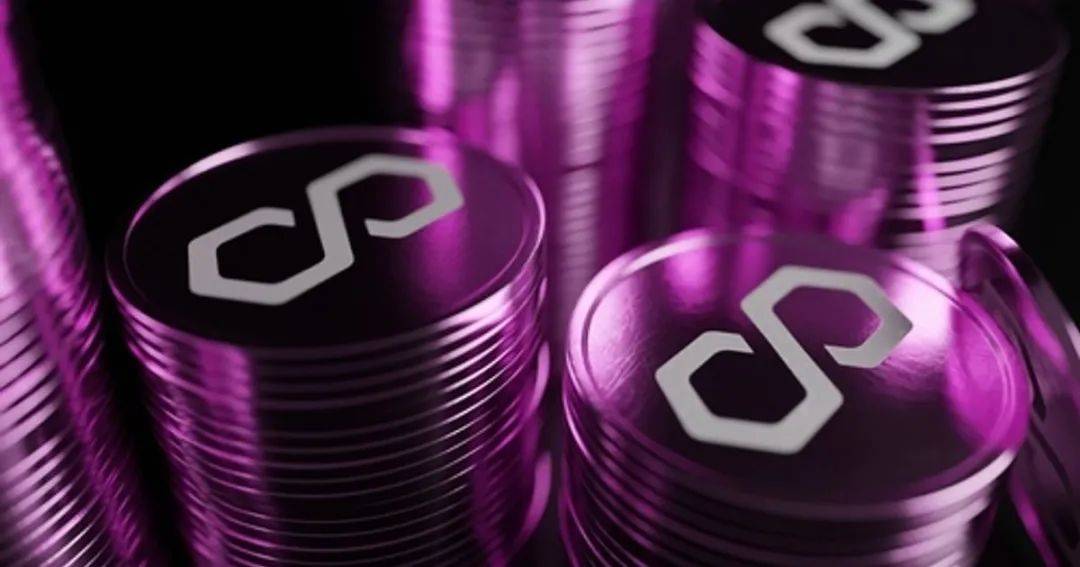
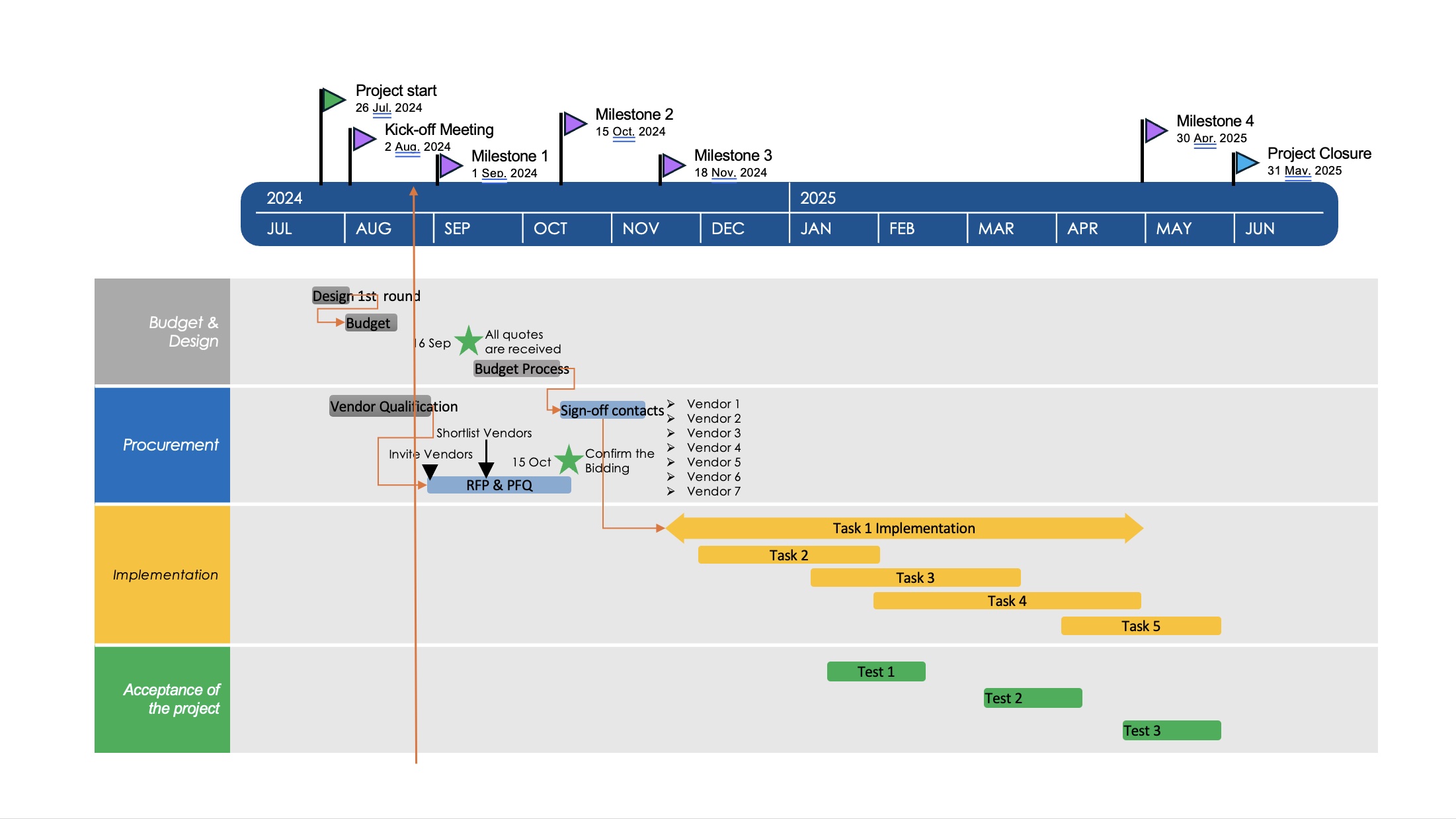
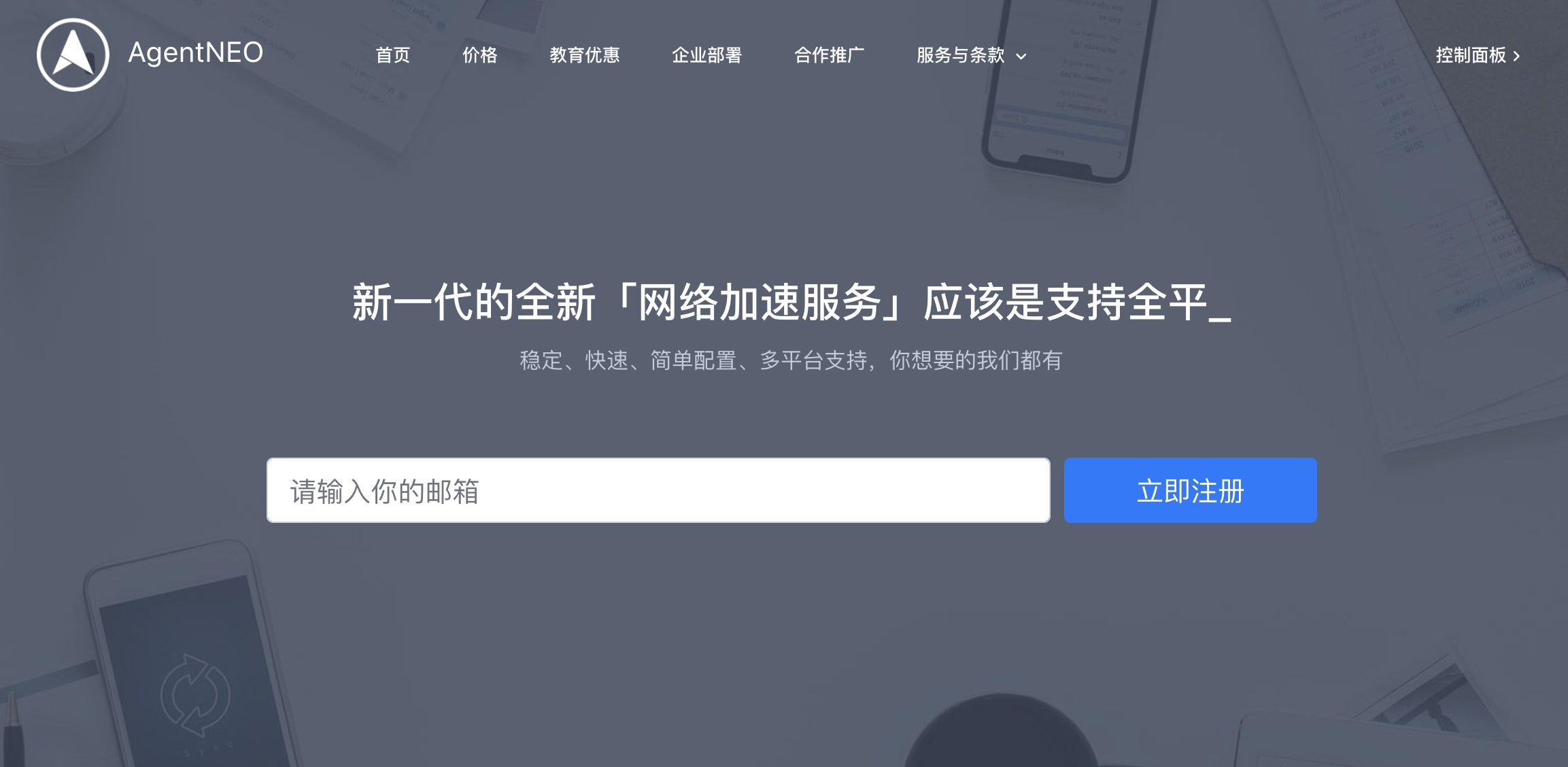

I’m curious to find out what blog platform you have been using? I’m having some small security problems with my latest site and I would like to find something more risk-free. Do you have any solutions?
This really answered my downside, thanks!
I was looking through some of your blog posts on this internet site and I conceive this web site is rattling informative ! Retain putting up.
I discovered your blog site on google and check a few of your early posts. Continue to keep up the very good operate. I just additional up your RSS feed to my MSN News Reader. Seeking forward to reading more from you later on!…
Fantastic goods from you, man. I have understand your stuff previous to and you are just too fantastic. I actually like what you have acquired here, really like what you’re saying and the way in which you say it. You make it enjoyable and you still take care of to keep it wise. I can not wait to read much more from you. This is actually a terrific site.